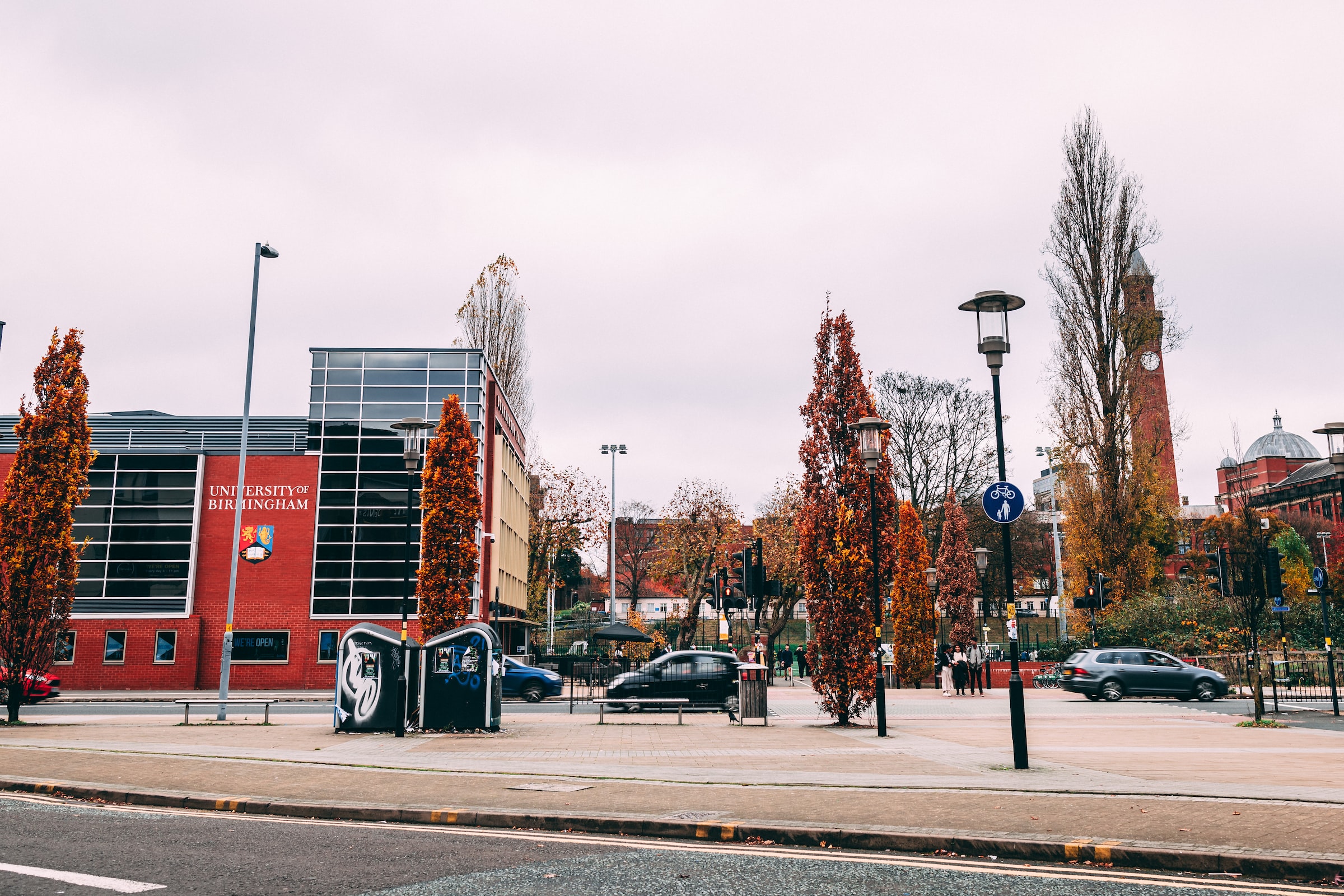
Culture writer Ffion Haf celebrates Pride by providing us with a brief history of drag arguing that it is far more than a type of entertainment
Drag has a rich cultural history that spans across decades, it has transformed from a common theatre practice to a political stand against fixed roles of gender and sexuality. Whilst drag has maintained a powerful presence in entertainment, it also deserves recognition for being an example of an expressive and empowering art form. It is a form of performance and art and should be considered as such. It combines skills of fashion and facial/bodily metamorphosis to create the illusion of a gender. Drag queens exude femininity and female empowerment through their appearance. Ultimately, drag is about becoming a whole new person, freed by concepts of gender and sexuality. It is intended to liberate and excite.
“It is a form of performance and art and should be considered as such
Many will be surprised to learn that the history of drag dates back to Shakespearean times. Men have been performing on stage as women since the age of Ancient Greek tragedies, only men were allowed to take part in the productions, so when plays included female parts, the male actors would dress as women to fill the void. It is also within the theatre that the term “drag” is believed to have originated. When men played female parts, they would supposedly discuss how their costume dresses would “drag” across the floor. Furthermore, the term ‘queen’ was considered a more derogatory term to describe a gay man. This has now been reclaimed and is viewed in a more positive light.

Gender impersonation and the history of drag is said to have entwined with the gay culture around the 1930s. Drag queens became a vital part of the LGBTQ+ community, as an art form and political statement. It was pioneered by gay men and transgender women – forming its own subculture. When the United States entered the Prohibition era, queer people used underground clubs and speakeasies as an opportunity to express themselves. These gatherings allowed the community to feel free to be themselves in a time where gay culture was criminalised. Public displays of affection or dressing in drag could result in charges of gross indecency and lewdness, and the penalty was arrest. By the mid-60s, over 100 men were being arrested per week.
“Public displays of affection or dressing in drag could result in charges of gross indecency and lewdness, and the penalty was arrest.
It was in this climate that the raid on the Stonewall Inn took place. Drag queens were a central part of the Stonewall Riots in 1969, wherein they fought for the rights of their community. Unwilling to accompany officers into the back room to have their sex checked, they stayed where there were. New York’s gay community was fighting back, resisting the brutality of the police to proclaim their rights as individuals. In true Stonewall fashion, people turned out again the following night, and the night after that, taking to the streets. Their truth was out in public now, and there was no shoving it back in the closet.

Drag culture slowly but surely began to fold into mainstream society, for example, the gender-bending aesthetic styling of musician David Bowie. By the 1990s, drag truly began to take the world by storm, and the drag queen at the heart of the movement was none other than RuPaul Charles. By this point in time, no one could ever comprehend just how much he would change the history of drag in today’s day and age. RuPaul made a name for himself after the success of his hit 1993 single “Supermodel (You Better Work).”
By 2009, RuPaul had become a well-known name, premiering his reality competition series RuPaul’s Drag Race. The show has since become a popular phenomenon with a fan base that is larger than life. Whilst it is often considered as a light-hearted and enjoyable television series, Drag Race often discusses heavily political topics and issues within society. It uses its platform to share awareness of prejudice within society towards the LGBTQ+ community and ethnic minorities.
Contestants discuss all manner of topics all while applying their makeup, from conversion therapy to tales of arrest. Similarly, previous Drag Cons in New York and Los Angeles have featured panels like “Drag In Trump’s America,” “The Art of Resistance” and “Liberty and Justice for All,” in which presenters from the American Civil Liberties Union (ACLU) showed everyday citizens different ways to become politically active. Drag has and always will be at the forefront of social change, it engages its audience and urges them to listen and learn about changes that need to be made. Therefore, to simply classify drag only as a guilty pleasure underestimates its power tremendously.
“Drag has and always will be at the forefront of social change
The perception of drag has developed profoundly over time, and it will without a doubt continue to change as time progresses. From addressing stereotypical notions of gender, to more complex political commentary, the art of drag has no limits. From Shakespeare to Club Kids, drag exposes the absurdity of societal constructs imposing controls on self-expression and definitions of ‘man’ and ‘woman’. Many people struggle to accept challenges to gender roles and heteronormativity. Drag challenges these ideas and encourages people to accept others in every shape and form. Institutions may love to put people in defined boxes, the art of drag refuses to be categorised and says goodbye to labels.
Celebrate Pride with more from Redbrick:
Review: RuPaul’s Drag Race – Season 12

Comments